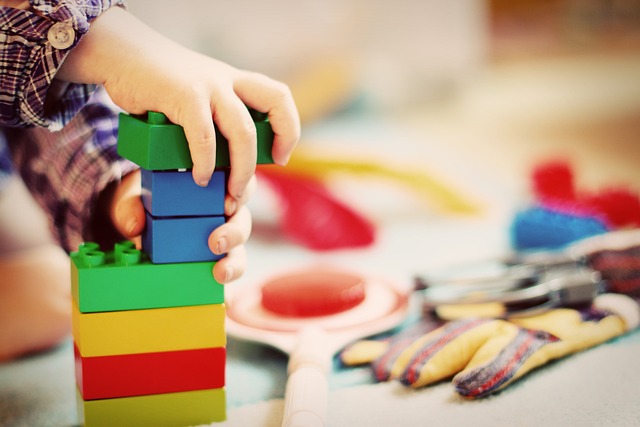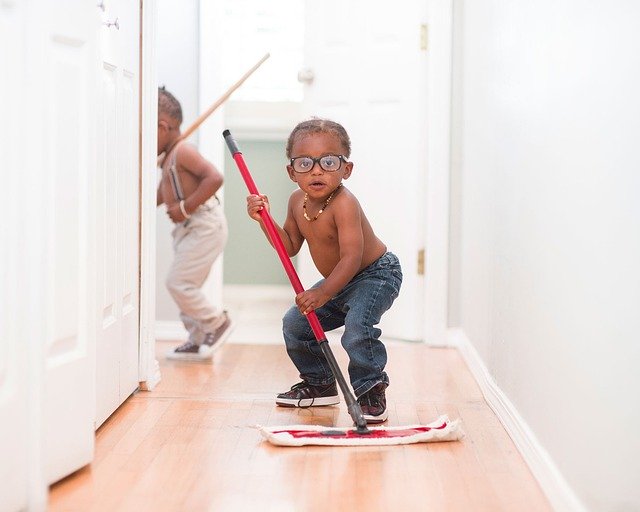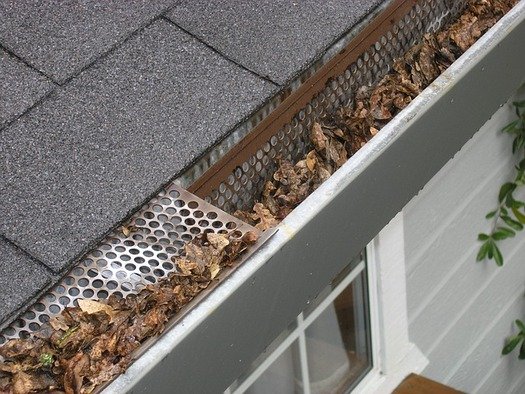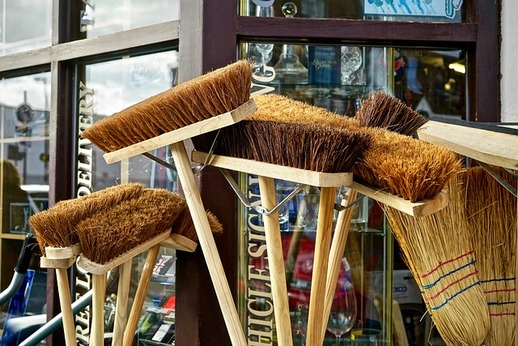Welcome to “The Ultimate Guide to Cleaning and Maintaining Your Home’s Roof”! Your roof is an essential part of your home, protecting you and your loved ones from the elements. However, over time, it can accumulate dirt, debris, and even damage that needs to be addressed.
In this comprehensive guide, we will walk you through the process of cleaning and maintaining your roof, ensuring its longevity and performance. Whether you’re a new homeowner or have lived in your house for years, this guide will provide you with valuable insights, tips, and techniques to keep your roof in top shape.
Table of Contents
Understanding the Importance of Cleaning and Maintaining Your Home’s Roof
Before we dive into the specifics of cleaning and maintaining your roof, let’s take a moment to understand why it’s crucial to prioritize this task. Here are some compelling reasons:
- Protecting Your Investment: Your home is one of the most significant investments you’ll make in your lifetime. Regular roof maintenance ensures that you protect this investment by preventing costly repairs and extending the lifespan of your roof.
- Preventing Leaks and Water Damage: A well-maintained roof is your first line of defence against water leaks and potential water damage. By keeping your roof in good condition, you reduce the risk of leaks that can lead to costly repairs and mould growth inside your home.
- Preserving Energy Efficiency: An adequately maintained roof contributes to the overall energy efficiency of your home. By addressing issues like insulation gaps or damaged shingles, you can improve the insulation properties of your roof, reducing energy loss and lowering your utility bills.
Signs That Your Roof Needs Attention
Before you dive into the cleaning and maintenance process, it’s essential to identify signs that indicate your roof requires attention. Keep an eye out for the following indicators:
- Missing or Damaged Shingles: Inspect your roof for any missing, cracked, or curled shingles. These can leave your roof vulnerable to leaks and further damage during inclement weather.
- Moss or Algae Growth: Notice any green or black patches on your roof? These could be signs of moss or algae growth, which can damage your shingles and compromise the integrity of your roof.
- Clogged Gutters: Check your gutters for an accumulation of leaves, twigs, or debris. Clogged gutters prevent proper water drainage, leading to water buildup that can damage your roof.
- Interior Water Stains: If you notice water stains on your ceilings or walls, it could indicate a roof leak. Address these issues promptly to prevent further damage to your home’s interior.
Tools and Safety Precautions
Before you embark on cleaning and maintaining your roof, gather the necessary tools to ensure a safe and efficient process. Here are some essential tools you’ll need:
- Ladder: Choose a sturdy ladder that reaches your roof comfortably. Ensure it’s in good condition, with secure locks and non-slip feet.
- Safety Harness: It’s crucial to prioritize safety when working on your roof. Invest in a quality safety harness that keeps you securely attached to the roof while allowing freedom of movement.
- Garden Hose: A garden hose with an adjustable nozzle will come in handy for rinsing and cleaning your roof.
- Roof Broom or Brush: Use a soft-bristled roof broom or brush to remove debris, leaves, and loose dirt from your roof’s surface.
- Protective Gear: Don’t forget to wear protective gear, such as gloves, goggles, and sturdy shoes, to keep yourself safe during the cleaning process.
Cleaning Your Roof
Now that you have the necessary tools and safety precautions in place, let’s dive into the process of cleaning your roof. Follow these steps to ensure a thorough and effective cleaning:
- Inspect the Roof: Begin by visually inspecting your roof for any visible damage, such as loose or missing shingles. Take note of any areas that require additional attention during the cleaning process.
- Remove Debris: Use a roof broom or brush to gently sweep away any loose debris, leaves, and dirt from the surface of your roof. Start from the top and work your way down, being careful not to damage the shingles.
- Clear Gutters and Downspouts: Take the time to clean out your gutters and downspouts. Remove any leaves, twigs, or other debris that may be blocking proper water flow. This will help prevent water buildup and potential damage to your roof.
- Address Moss or Algae Growth: If you notice moss or algae growth on your roof, it’s important to address it promptly. Mix a solution of equal parts water and bleach and spray it onto the affected areas. Allow the solution to sit for a few minutes before gently scrubbing the moss or algae away. Rinse thoroughly with water to remove any residue.
- Inspect and Clean Flashings: Flashings are the metal pieces that seal areas where the roof meets other surfaces, such as chimneys or vents. Inspect the flashings for any signs of damage or deterioration. Clean them using a soft brush and mild detergent if necessary.
- Rinse the Roof: Once you’ve completed the cleaning process, use a garden hose with an adjustable nozzle to thoroughly rinse your roof. Start from the top and work your way down, ensuring that all cleaning solutions and debris are washed away.
Maintaining Your Roof’s Longevity
Cleaning your roof is just one part of the equation. To ensure the longevity and performance of your roof, it’s essential to follow proper maintenance practices. Here are some tips to keep in mind:
- Regular Inspections: Schedule regular roof inspections to identify and address any potential issues before they escalate. A professional roofer can provide a comprehensive assessment of your roof’s condition and recommend necessary repairs or maintenance.
- Trim Overhanging Branches: Overhanging tree branches can cause damage to your roof during storms or high winds. Trim back any branches that come into contact with your roof to minimize the risk of damage.
- Check and Replace Shingles: Periodically inspect your roof for damaged or missing shingles. Promptly replace any shingles that are cracked, curled, or deteriorated to maintain the integrity of your roof.
- Clear Debris Regularly: Keep your roof free from debris by periodically clearing away any leaves, twigs, or branches that may accumulate. This will prevent clogged gutters and potential damage to your roof.
- Address Leaks Immediately: If you notice any signs of a roof leak, such as water stains or dampness inside your home, address the issue promptly. Ignoring leaks can lead to further damage and costly repairs.
Conclusion
Congratulations! You’ve now become well-versed in the art of cleaning and maintaining your home’s roof. By understanding the importance of roof maintenance, identifying signs that your roof needs attention, and following proper cleaning and maintenance practices, you can ensure that your roof remains in excellent condition for years to come. Remember to prioritize safety throughout the process, and if you’re unsure about any aspect, don’t hesitate to consult a professional roofer. With regular care and attention, your roof will continue to protect you and your home, providing peace of mind and security.











